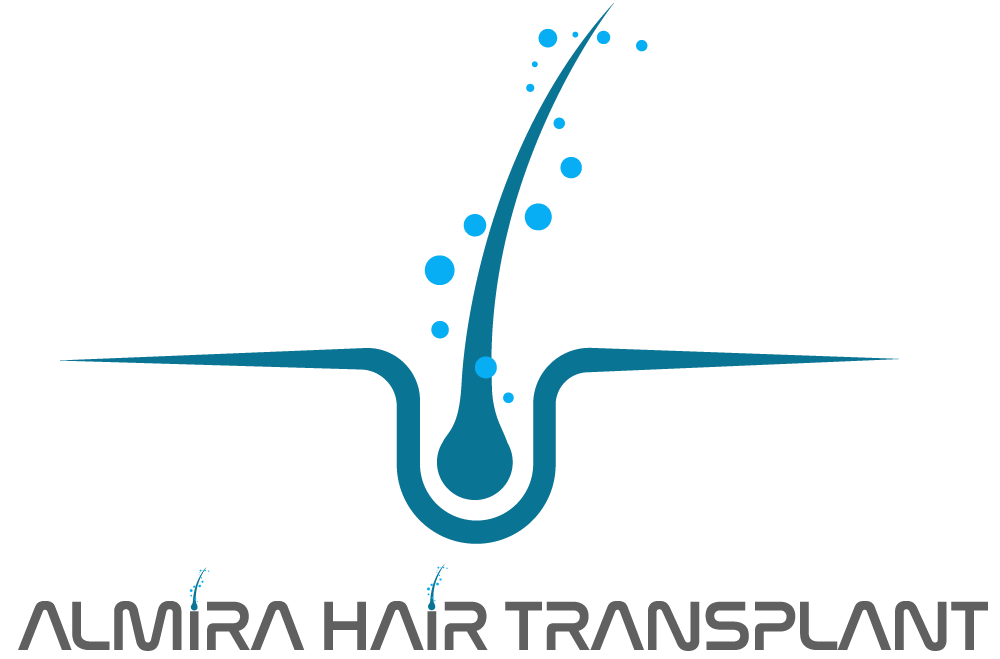Challenges and Solutions When Working with Curly Hair Follicles

Challenges and Solutions When Working with Curly Hair Follicles
Curly hair is admired for its volume and unique aesthetics, but it also presents distinct challenges—especially in medical procedures like hair transplantation. Due to their spiral structure, curly hair follicles require specialized techniques and expert handling that go beyond standard protocols.
In this article, we’ll explore the common difficulties encountered when working with curly hair follicles and offer practical solutions for achieving safe and natural-looking results.
1. Anatomical Characteristics of Curly Hair Follicles
Curly hair isn’t just wavy on the surface—it maintains a spiral shape even beneath the scalp. This makes determining the angle and direction of the follicles much more complex. This trait is especially pronounced in Afro-textured hair.
These anatomical differences:
-
Make extraction more technically challenging
-
Increase the risk of follicle damage due to incorrect punch angle
-
Lead to higher graft deformation rates
-
Can affect the natural appearance of hair direction post-transplant
2. Technical Difficulties During Extraction
Working with curly hair follicles presents several unique obstacles during the graft harvesting process:
a. Increased Graft Damage Risk
Standard punches follow a straight path, but curly roots twist under the skin. Misalignment can easily cut or damage the graft.
b. High Transection Rate
Transection occurs when the follicle is damaged during extraction. In untrained hands, transection rates in curly hair can exceed 30%, greatly impacting success.
c. Loss of Viable Grafts
Twisted or broken grafts may not survive after implantation, reducing overall yield and density.
3. Complications During Implantation
The challenges don’t end with extraction. Implanting curly hair follicles also requires precision:
-
Channel opening becomes more complex due to unpredictable curl direction
-
Maintaining natural growth angles is harder if the orientation is misjudged
-
Strategic planning is crucial to avoid overcrowding or unnatural appearance
4. Solutions and Strategies for Success
✅ Work with Experienced, Curly Hair Specialists
A surgeon who specializes in curly and Afro hair can intuitively identify follicle direction and apply appropriate techniques.
✅ Use of Modified Punch Tools
Specialized punches designed for curly follicles are more flexible and minimize trauma during extraction.
✅ Begin with a Smaller Graft Sample
Testing with fewer grafts allows the practitioner to analyze growth direction before proceeding with larger sessions.
✅ Opt for the DHI Method
The DHI (Direct Hair Implantation) technique combines extraction and implantation in one step, helping preserve the natural curl direction.
✅ Pre-Procedure Digital Analysis
Advanced imaging tools can help map out the follicle angle and spiral pattern, aiding in more accurate planning.
5. Patience, Planning, and Personalization Lead to Best Results
While curly hair requires more intricate work, the end results—when performed correctly—can be stunning. The keys are:
-
Preoperative analysis
-
Personalized planning
-
Experience with textured hair types
These steps can turn a technically complex procedure into a long-lasting, natural-looking success.
Conclusion
Working with curly hair follicles is not just a technical task—it’s an artform that requires deep understanding and refined skill. While the challenges are real, they can be overcome with the right expertise, tools, and approach.
In the right hands, curly hair transplantation offers the opportunity to achieve full, natural, and beautifully textured hair that lasts.


